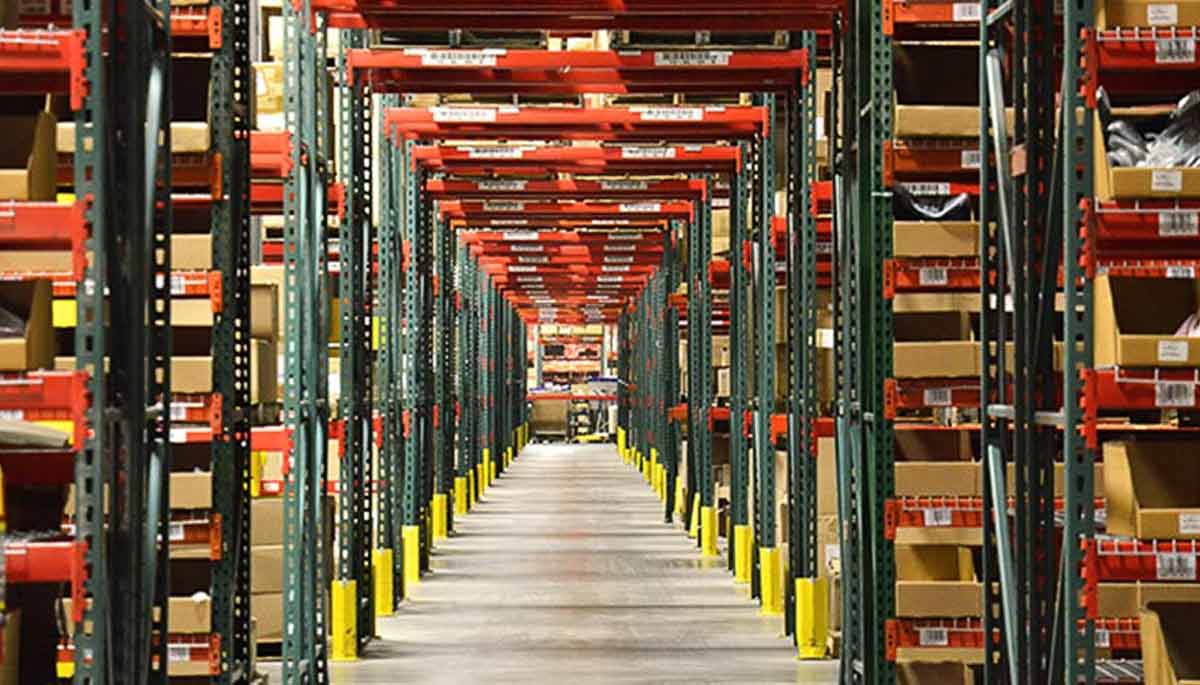
7 Things to Know about B2B eCommerce
B2B eCommerce continues to be a hot industry topic, but what are some of the key 2016 B2B eCommerce trends both established and emerging B2B retailers should focus on? Here are 7 things to know…
1) B2B eCommerce spans many states and is popular in the Midwest
States such as Illinois, Wisconsin, Michigan, and Minnesota are somewhat surprisingly popular for B2B eCommerce and are home to some of the largest companies selling online. High population states such as California, Texas, and New York naturally have a high number of B2B eCommerce companies residing in each state.
2) B2B eCommerce covers multiple product categories
Hardware and home improvement actually remains one of the most popular categories among B2B shoppers. Other categories with high online retail traffic include electronics, office supplies, and apparel. With the entire B2B market projected to grow in the coming years, expect more traditional B2C categories to begin to branch over into B2B eCommerce.
3) There are many different types of companies engaging in B2B eCommerce
Although most companies involved in B2B eCommerce are from the manufacturer level, there are a growing number of retailers and distributors selling online to B2B shoppers. Wholesalers are not as common but are still relevant in the B2B online retail market.
4) Leading online retail platforms are still slow to catch on in B2B eCommerce
While major platforms are becoming almost a requirement to remain competitive in B2C eCommerce, the same can’t be said for B2B. Approximately two-thirds of leading B2B eCommerce companies rely on internal solutions or more affordable eCommerce platforms (such as Magento and NetSuite) to run their digital business. With this said, there are a growing number of B2B companies moving to more sophisticated B2B platforms such as Oracle Commerce, IBM WebSphere, and hybris.
5) Many major B2B eCommerce sites do not utilize elite analytics packages
According to Internet Retailer, over 50% of leading B2B eCommerce sites utilize “Freemium” analytics solutions such as Google Analytics or internal tracking for their data needs instead of sophisticated solutions such as IBM Digital Analytics and Adobe SiteCatalyst. This will likely change in the coming years as the B2B sites become more common and competitive, especially as these advanced solutions offer an advantage to online retailers if deployed and analyzed correctly.
6) Many B2B eCommerce companies host their sites internally
In the past, B2B eCommerce solutions have generally been run by IT departments so it should come as no surprise that internal hosting solutions are prevalent in the industry. The only major hosting provider that boasts an impressive portfolio of B2B eCommerce clients is Rackspace (approximately 25 major clients and growing).
7) Digital online payments are still not offered on most B2B sites
The adoption rate of more modern payment options, such as PayPal, has been poor (approximately 20%) among even the largest B2B eCommerce sites. While credit and debit card acceptance has become more widely accepted, electronic invoicing for orders is still a relatively popular option offered by these sites to make business expensing and purchasing easier for some buyers.
In conclusion, B2B eCommerce remains a growing focus of online retail professionals. As mentioned in our B2B eCommerce Whitepaper while the growth remains strong, some of the modern technology adoption rates are not. Things such as sophisticated platform solutions, detailed site analytics, and scalable site hosting providers are not exactly commonplace in the current B2B eCommerce landscape. This lack of current technological sophistication creates an opportunity for online retailers, especially for specific retailers moving over from the B2C side with existing knowledge of these technologies. Since many B2B shoppers are already familiar with many technologies because of their B2C experiences, the growth rate of B2B eCommerce will likely be dependent on how quickly new technology solutions can be deployed to meet the expectations of their customers.

